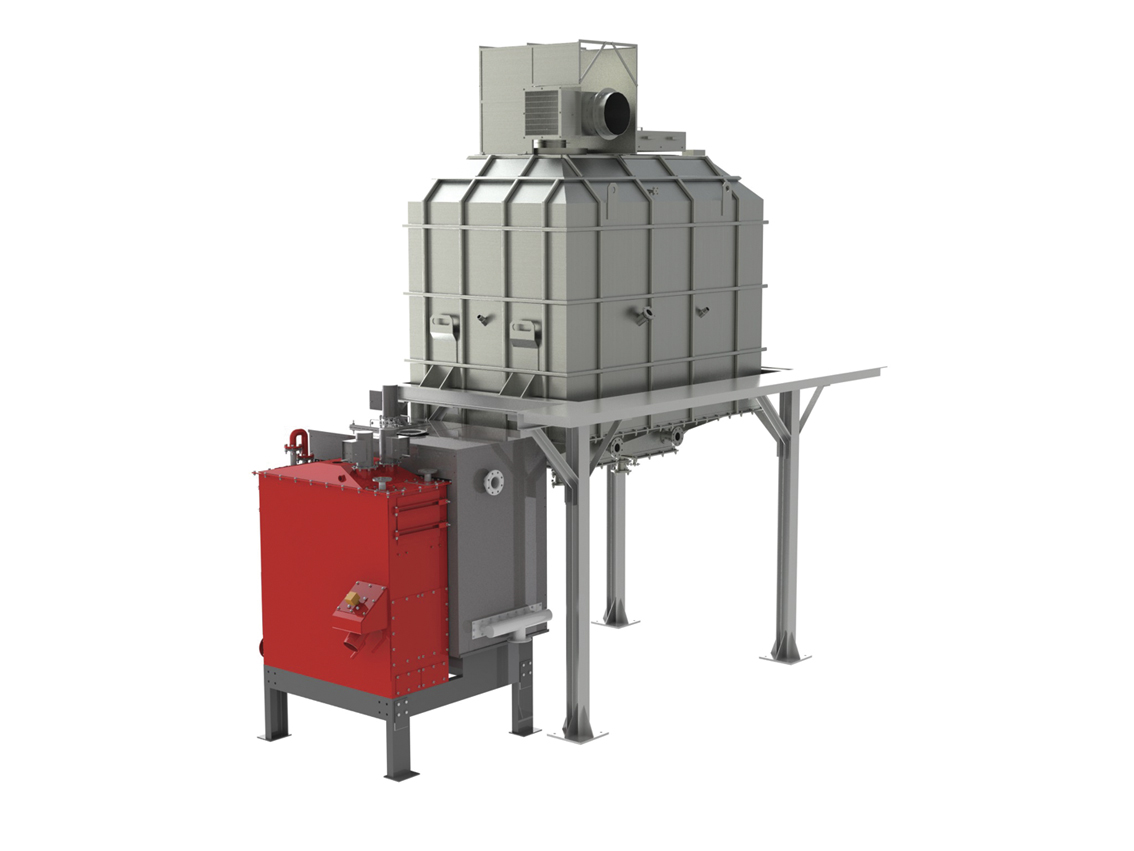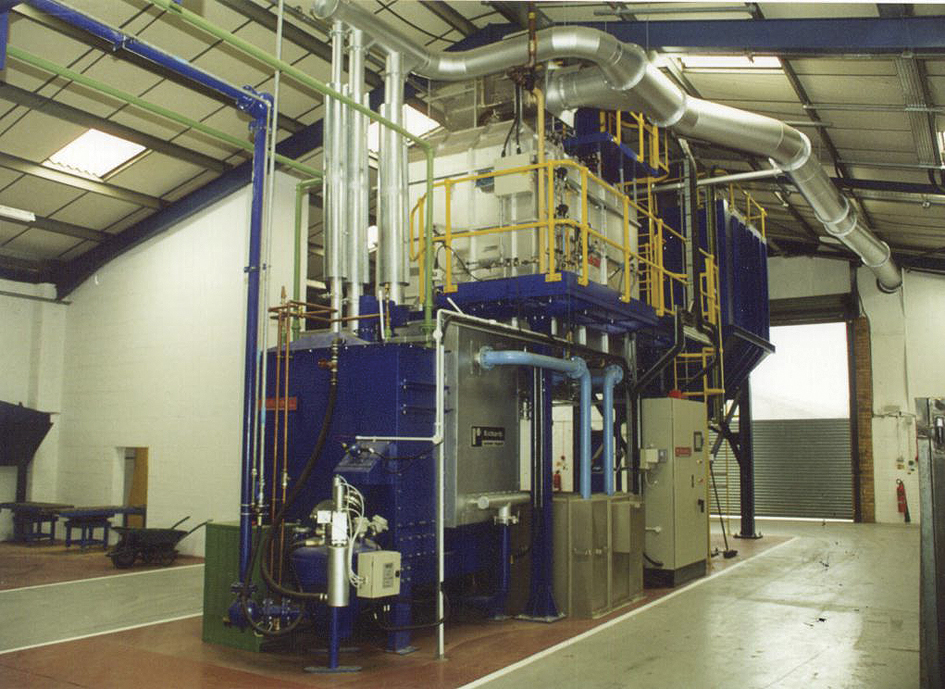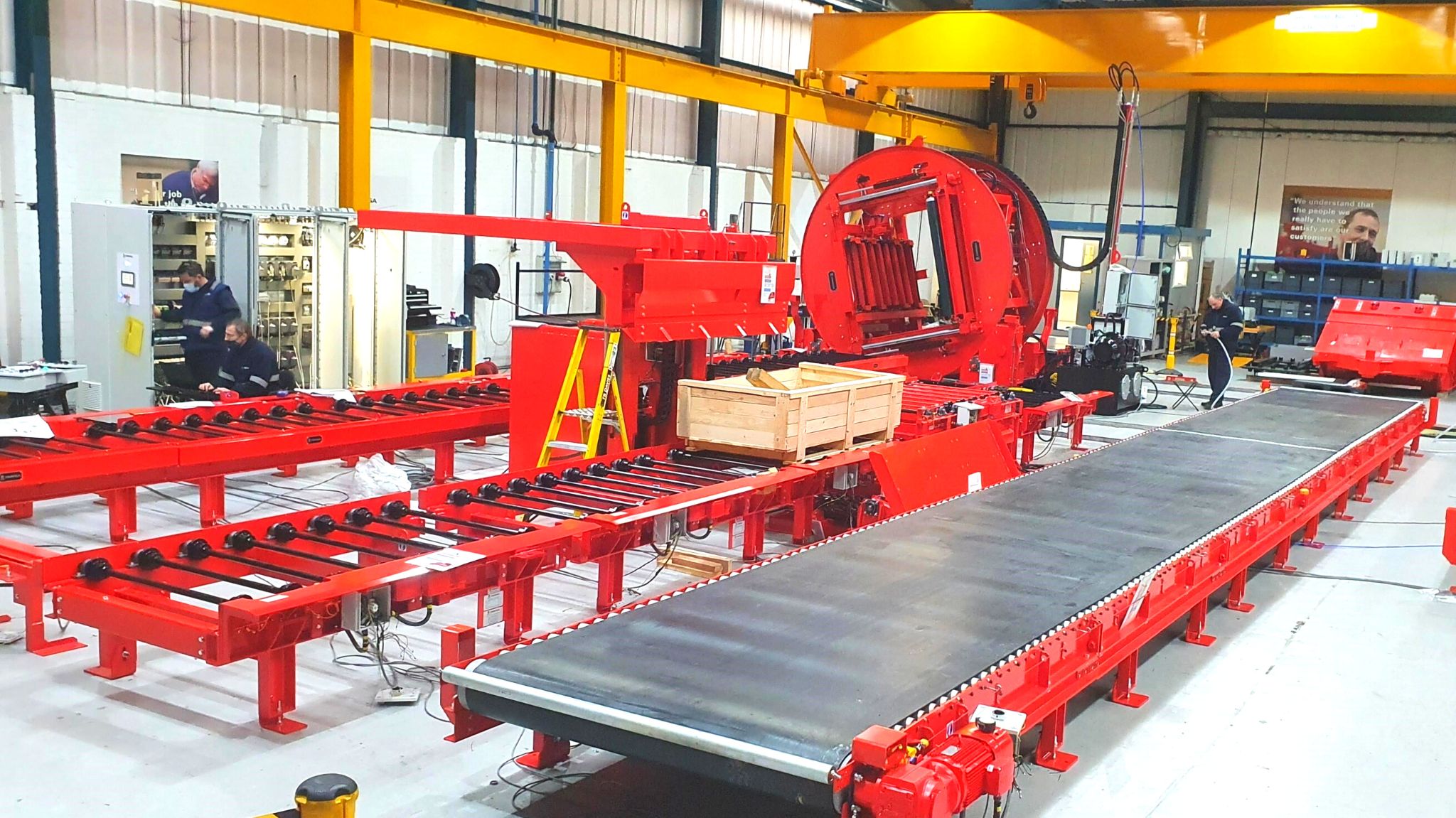THERMAL SAND RECLAMATION
The purpose of thermal recovery of sand is, of course, to eliminate 100% of binders and other organic materials.
In this post we tell you now all its advantages and why it should be taken into consideration when investing in your company.
Sand recovery additive for all foundries
⇒ Why thermal recovery?
Today, all modern foundries use some form of chemically bonded sand systems, as they are under increasing pressure to reduce their manufacturing costs, reduce their impact on the environment, but at the same time improve the quality of the foundry. One of the ways to meet these requirements is to invest in sand reclamation. Although most foundries already have mechanical reclaimers, many are looking to further reduce costs and invest in thermal sand reclamation.
HELPS TO REDUCE COSTS
⇒ THERMAL RECOVERY OF SAND
The purpose of thermal sand recovery is, of course, to remove 100% of the binders and other organic materials.
First, the sand from the mechanical regeneration plant will pass through a cleaning tower which essentially removes the metal particles prior to entry into the furnace. The furnace itself is a fluidised bed design with a mixture of gas and air providing the fluidising medium and igniting the surface of the sand bed through pilot gas nozzles.
Typically, the thermal unit runs on natural gas or LPG and operates at temperatures of between 670ºC and 720ºC, depending on the type of binder used. Sizes offered within Omega’s range of heat recovery units range from 250kg/hour up to 12 Tons/hour, with a 3 year warranty on burners and furnace lining.
Omega’s patented “Dead Bed” system ensures total thermal insulation and therefore lower running costs, and also a longer life for the ceramic fibre insulation of the furnace. This is due to the protection the “Dead Bed” provides for the insulation and the erosion caused by the movement of the sand in its processing.
⇒ HOW ARE LOW OPERATING COSTS ACHIEVED?
They are achieved through the combination of excellent furnace insulation with the “Dead Bed” system, as well as an installed heat recovery module, which takes the heat from the hot sand air leaving the furnace and reintroduces the heat as hot air to the furnace fluidised bed. This means that the fluidisation air is always hot, which leads to lower gas consumption.
⇒ WE TALK ABOUT SECURITY
Safety is also a primary concern, so multiple safety systems are employed to monitor fluid bed ignition, temperatures of all components (including dust collector) and the level of sand available for processing. In addition, a touchscreen panel is provided, complete with status and fault location and indications.
⇒ HOW DO WE HELP THE ENVIRONMENT THIS TIME?
Emissions from the heat recovery plant are guaranteed to be lower than the requirements of local legislation, without the need to install an afterburner. The hood installed on the furnace ensures that the air leaving the furnace is clean.
For the Alkaline Phenolic system, a special inhibitor must be pre-mixed with the sand to prevent the alkaline salts from causing low melting temperature of the thermally recovered sand.
It is now also possible to thermally recover green sand for re-use in the foundry’s core-making process. A system of mechanical attrition is employed, before and after the furnace, to ensure that all the clay is removed, but essentially the thermal regeneration is the same as that used for the recovery of sand from chemical moulding.
Reduced costs, reduced emissions, increased safety. A 200% improved product.
NOW, YES, IT IS PROFITABLE
Thermal recovery has existed for many years, but now it has reached a point where it is profitable, economical, reliable and therefore viable for most foundries to consider.
Both OMEGA and our Representative/Distributor for the Spanish market, EUSKATFUND, S.L., will be delighted to analyse, offer and carry out a viability and amortisation study of your investment.
MORE POSTS YOU MAY BE INTERESTED IN
Sphere Ox, a feasible solution.
Veining, burns, penetrations and pinholes are common defects in castings and the daily struggle of foundries to control them. We tell you the solution.
FUNCTIONAL CORE SHOOTER MACHINES
Adjectives that would describe the characteristics of an efficient core shooter are: versatile, practical, comfortable, fast, economical, …
INNOVATION R + D + I
EUSKATFUND collaborates with the technological research centres, laboratories and universities where it participates and develops projects with a high technological and environmental load.
We will tell you about some of them.
USR Secondary Atriction Reclaimer.
USR. USR SECONDARY ATTRITION RECLAMATION Japan, a country that imports silica sand because it lacks this natural resource, and historically a country sensitive to...





